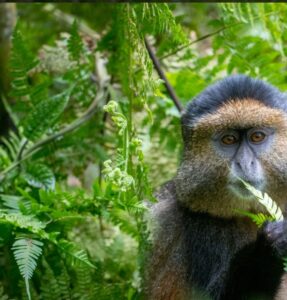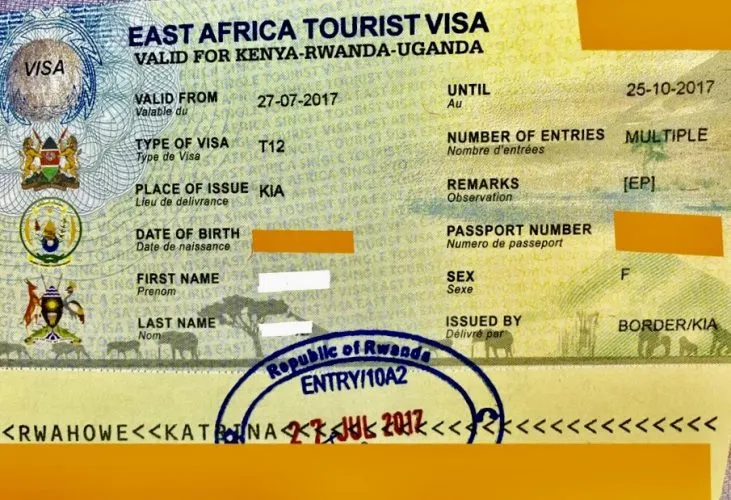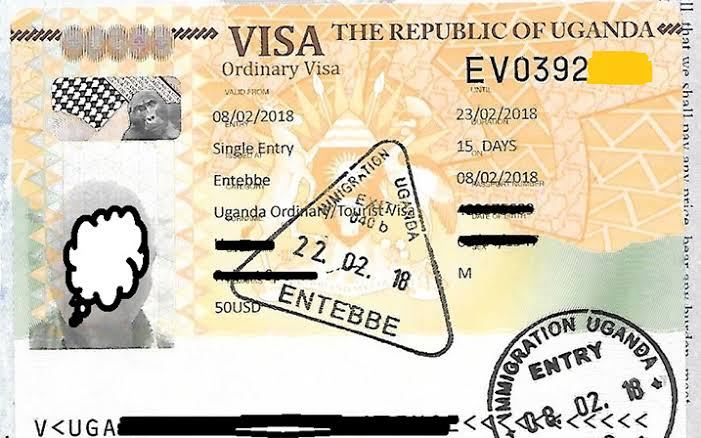Where to Find Rwanda’s Golden Monkeys: A Journey Through the Bamboo Forest
There’s something almost magical about locking eyes with a golden monkey in the wild. It’s not just the bright orange fur or the way they leap effortlessly through the bamboo trees it’s the realization that you’re standing in one of the rarest corners of Earth, face-to-face with a species that exists almost nowhere else. When I first set out to find Rwanda’s golden monkeys, I knew I was in for an adventure, but nothing prepared me for the joy and awe of the actual encounter.
This is the story of where to find Rwanda’s golden monkeys and why it’s a journey worth taking.
The Realm of the Golden Monkey: Volcanoes National Park
If there’s one place on Earth to witness golden monkeys in their natural habitat, it’s Volcanoes National Park in northern Rwanda. Nestled in the Virunga Mountains, this park is a sanctuary not only for the world-famous mountain gorillas but also for the lesser-known (but equally enchanting) golden monkeys.
Golden monkeys are an endangered species, endemic to this small mountainous region that straddles the borders of Rwanda, Uganda, and the Democratic Republic of Congo. In Rwanda, they thrive in the high-altitude bamboo forests of Volcanoes National Park, where the cool air and dense vegetation provide a perfect environment for them to flourish.
The Morning of the Trek: From Musanze to the Mountains
My journey began in Musanze, the bustling gateway town to the park. It was 6 a.m. when I climbed into the jeep, still groggy but filled with anticipation. The early morning mist hugged the slopes of the volcanoes, and the drive to the park headquarters was short but scenic, winding through green hills and sleepy villages.
At the Kinigi headquarters, our guide a soft-spoken ranger named Pascal gave us a quick briefing. “Golden monkey trekking is not as intense as gorilla trekking,†he smiled, “but don’t underestimate the forest. Wear good shoes.†I tightened my hiking boots and slung my camera around my neck. We were ready.
Into the Bamboo Forest
The trek started gently. We passed terraced farmland where local children waved to us, shouting “Muraho!†(hello!). As we entered the park boundaries, the cultivated land gave way to thick bamboo stands, and everything changed. The light dimmed under the green canopy. It felt like stepping into a hidden world.
About 30 minutes into the hike, we heard them.
It started with rustling high in the bamboo, then flashes of movement an orange tail here, a furry silhouette there. Then, as if on cue, a golden monkey leapt onto a low branch just ahead of us. His fur caught the dappled sunlight and glowed with a golden hue. He stared at us curiously, unfazed by our presence. Around him, more monkeys emerged some nibbling bamboo shoots, others wrestling playfully in the underbrush.
There must have been forty or fifty of them, swinging from branch to branch with an acrobatic grace that made us laugh out loud in delight. I was captivated not just by their beauty, but by their sheer liveliness. It felt like watching a wild ballet, choreographed by nature.
The Unique Charm of Golden Monkeys
Golden monkeys are a subspecies of the blue monkey, and they have this incredible blend of colors coppery gold along their backs, with soft grey-blue limbs and expressive, almond-shaped eyes. They live in troops of up to 100 and are constantly on the move, searching for bamboo shoots, fruits, and insects.
What struck me most was how comfortable they were with humans. Unlike many wild animals, golden monkeys here are habituated used to the presence of people, thanks to years of conservation efforts and eco-tourism programs. That doesn’t mean you can touch them (and you absolutely shouldn’t), but it does mean you get remarkably close. Close enough to see the individual strands of fur and the flicker of emotion in their eyes.
Why Golden Monkey Trekking Matters
Trekking to see the golden monkeys is more than just a wildlife experience it’s a quiet lesson in conservation, resilience, and coexistence.
Decades ago, these forests were under threat from logging and agriculture. But through joint efforts between the Rwandan government, local communities, and global conservation groups, Volcanoes National Park has become a beacon of success. Every dollar spent on a trekking permit goes toward sustaining these habitats and supporting the families who live around them.
Our guide shared how some of the porters and rangers used to be poachers but now work full-time protecting the very animals they once hunted. There’s a sense of pride and purpose that you feel in these hills Rwanda has woven wildlife tourism into its recovery story with such heart and intelligence.
Practical Tips for Your Golden Monkey Trek
If you’re considering seeing Rwanda’s golden monkeys for yourself, here are a few things I wish I had known before I went:
-
Permits: A golden monkey trekking permit costs around $100 USD (as of 2025), much cheaper than gorilla trekking. It can be booked through the Rwanda Development Board or a local tour company.
-
What to Wear: Dress in layers it’s chilly in the morning but warms up quickly. Waterproof hiking boots are a must, and bring a rain jacket just in case.
-
Photography: Golden monkeys move fast, so a camera with a good zoom and quick shutter speed will serve you well. I found my phone camera struggled to capture the action, but even blurry shots felt like gold.
-
Fitness Level: The trek is moderate more of a long nature walk than a climb. Still, the altitude (around 2,500 meters) can make it more challenging if you’re not acclimatized.
Leaving the Forest Changed
As we made our way back down the mountain, I felt light—partly from the exhilaration, partly from the silence that settled in after such an intimate encounter with the wild. I looked back at the bamboo groves, half-expecting to see one last monkey peek through the leaves and wave goodbye.
They didn’t, of course. They were already off on their next forage, untethered by time, unaware of how profoundly they’d touched a group of awestruck humans.
If you ever find yourself in Rwanda go. Find the golden monkeys. You won’t just be witnessing a rare species in a rare place. You’ll be reminded that even in a fast-changing world, there are still wild places where wonder lives, and where the forest, if you listen closely, still has stories to tell.



